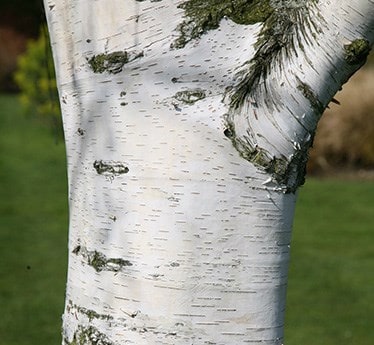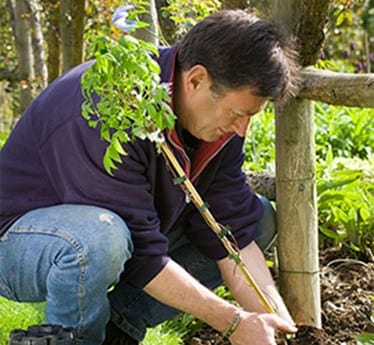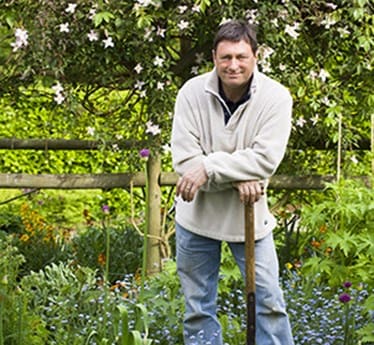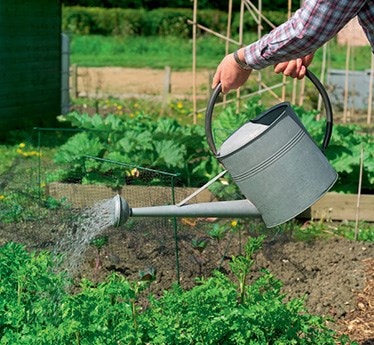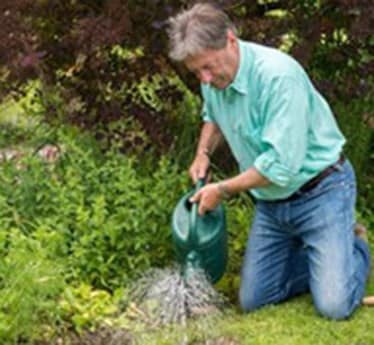How to plant and stake a tree
Trees and shrubs can be quite costly investments, so it’s worth taking a little extra care when planting. The recommended technique, when I was a lad learning my trade at Kew Gardens, has changed over the years following extensive research.
Traditional advice has it that you need to prepare the ground thoroughly, improving the soil by mixing in well-rotted organic matter and a handful of fertiliser - with trees requiring a stout stake up to the crown secured with special tree ties.
These days, it is advised that you’ll get better establishment using a square planting hole, robust firming in, a generous mulch and a short stake that holds the tree’s roots in place, but allows the trunk to flex and strengthen.
Using a square planting hole, robust firming in, a generous mulch and a short stake that holds the tree’s roots in place
Secrets to successful planting
- Choose the right tree or shrub for the site you have in mind.
- Plant at the right time of year.
- Prepare the planting site beforehand.
- Plant at the right depth.
- Stand back to make sure you’ve got the best side of the plant facing front.
- Plant firmly, treading the soil periodically.
- Water well and apply a thick mulch after planting.
But when?
Although container-grown trees and shrubs can be planted at any time of the year, deciduous varieties establish more quickly if planted while dormant, during late autumn, when the soil is moist and still warm. As a general rule, I try and complete all my planting before Christmas.
If your garden is particularly cold or exposed, you may be better off delaying planting until April or May when the soil temperatures start to rise again after the winter. Indeed, this is the best time to plant all conifers and evergreens, so that they have the chance to put down roots before having to face their first winter. However, you will have to keep all new trees and shrubs planted in spring well watered throughout their first growing season.
How to plant a shrub or tree
- Water thoroughly before planting by standing the plant in a bowl of water.
- Dig a square hole at least twice the width of the plant’s rootball. Apparently, a square hole is better than a round hole, because it encourages the roots to extend out into the surrounding soil rather than circling around the planting hole.
- Use a fork to prick the sides of the planting hole on heavy soils, in order to overcome any smearing.
- Remove the pot from the rootball and tease out the surface roots on all sides of the rootball to encourage them to grow outwards, once planted.
- Lay a cane across the planting hole to check the depth. Add or remove soil as necessary, so that the tree or shrub is planted at the same depth as it is in its pot. For bare-root specimens, use the soil mark on the bark near the base of the trunk as your guide.
- Replace the soil around the rootball and firm with your heel – do this in layers for larger specimens to eliminate any air pockets.
- After planting, water thoroughly and cover the soil with a generous 5cm-deep mulch covering a circle at least 45cm all around the tree or shrub. Alternatively, use a proprietary tree mulching mat.
How to stake a tree
Before positioning a bare-root tree, drive in a stout stake into the planting hole so that it’s just off centre on the windward side of the trunk. After planting, about 60cm should be showing above ground. For container-grown trees, drive the stake in at a 45-degree angle, just missing the rootball.
Attach the tree to the stake using a special tree tie, which will hold the trunk firmly, but won’t constrict it or allow it to rub against the stake.



